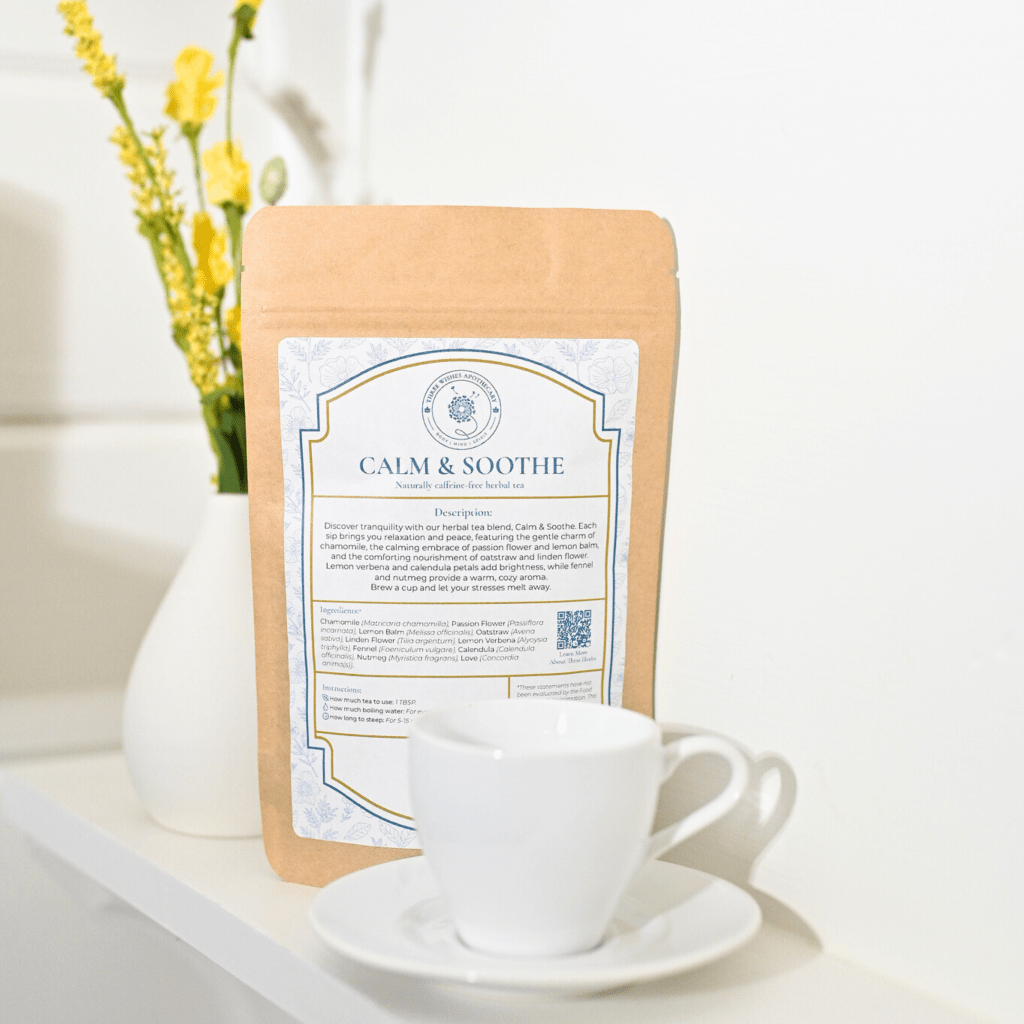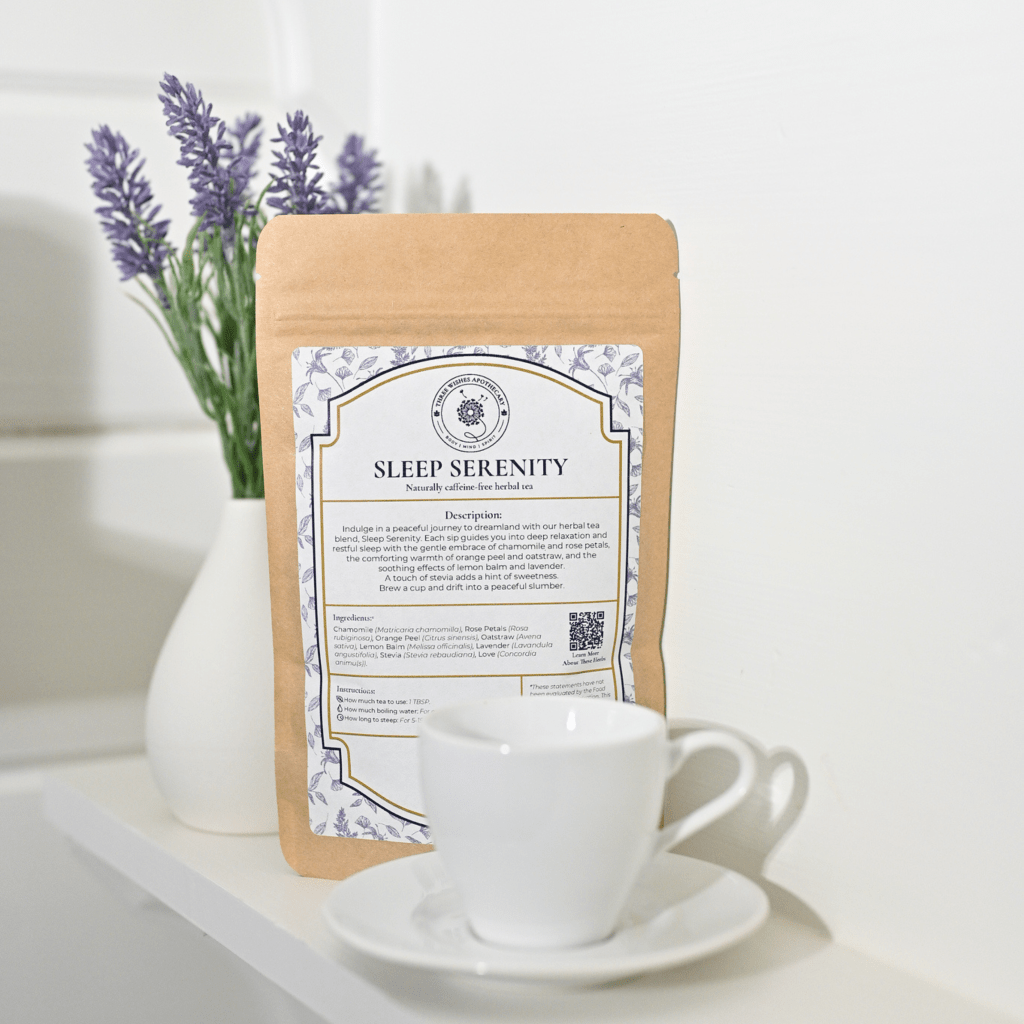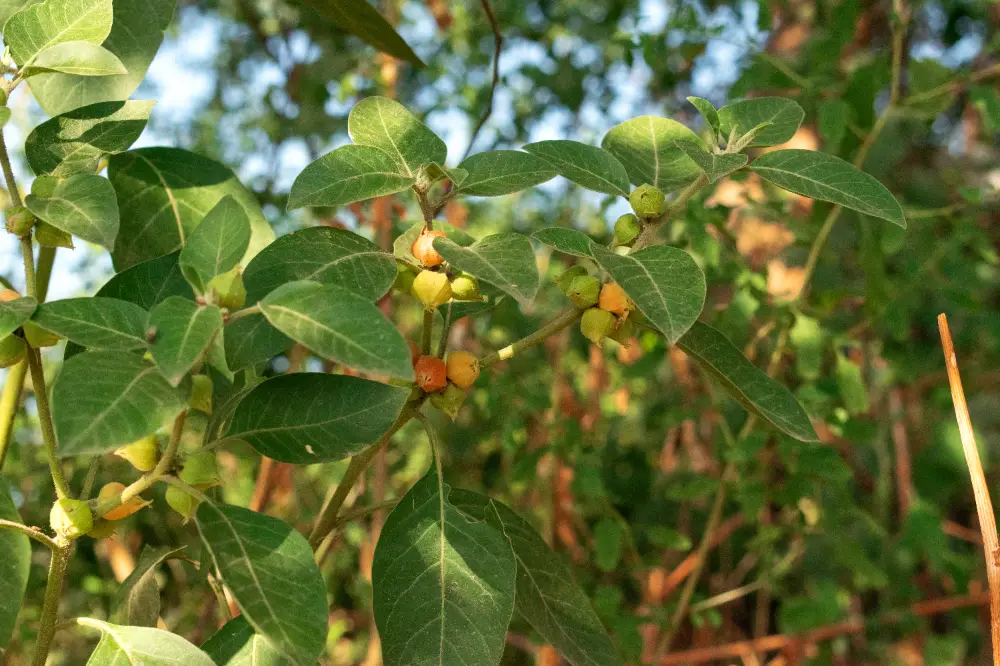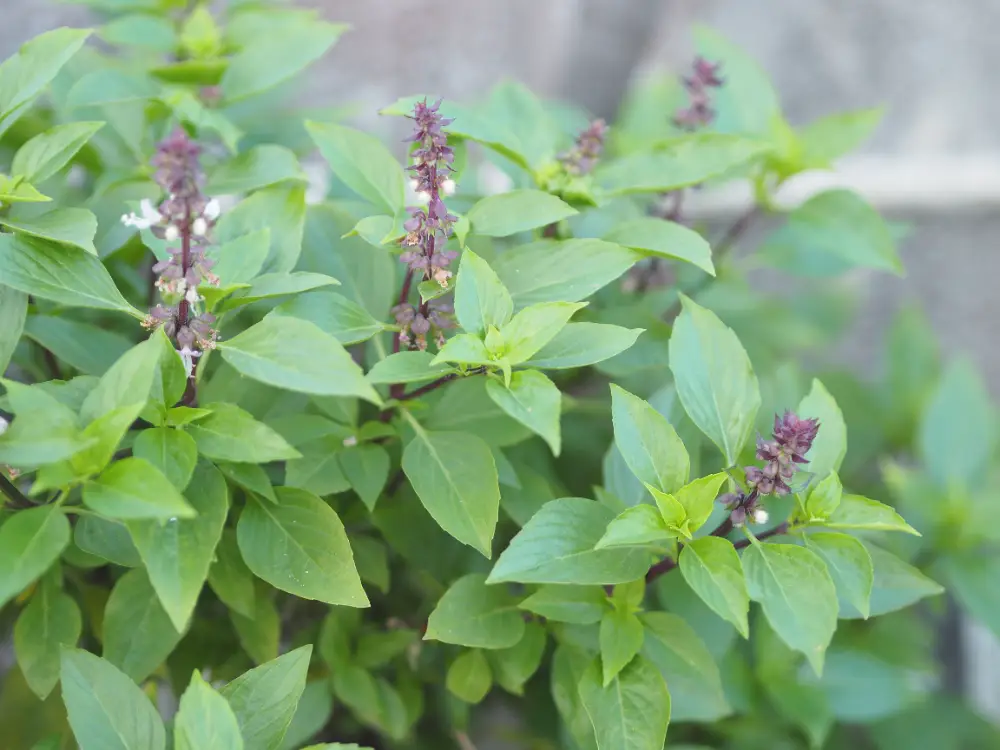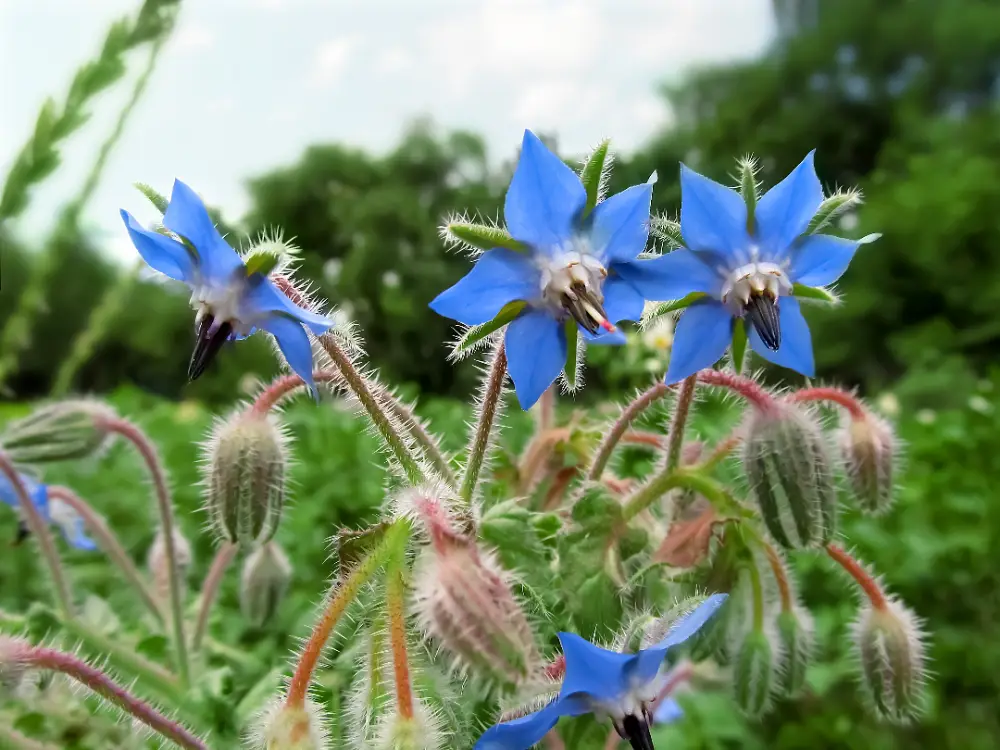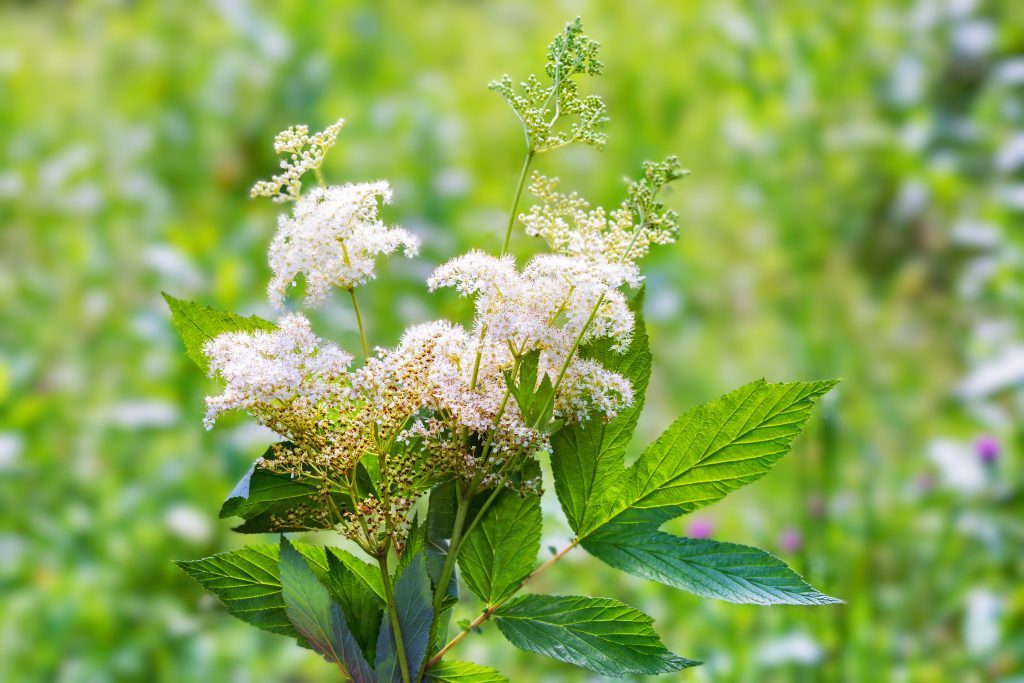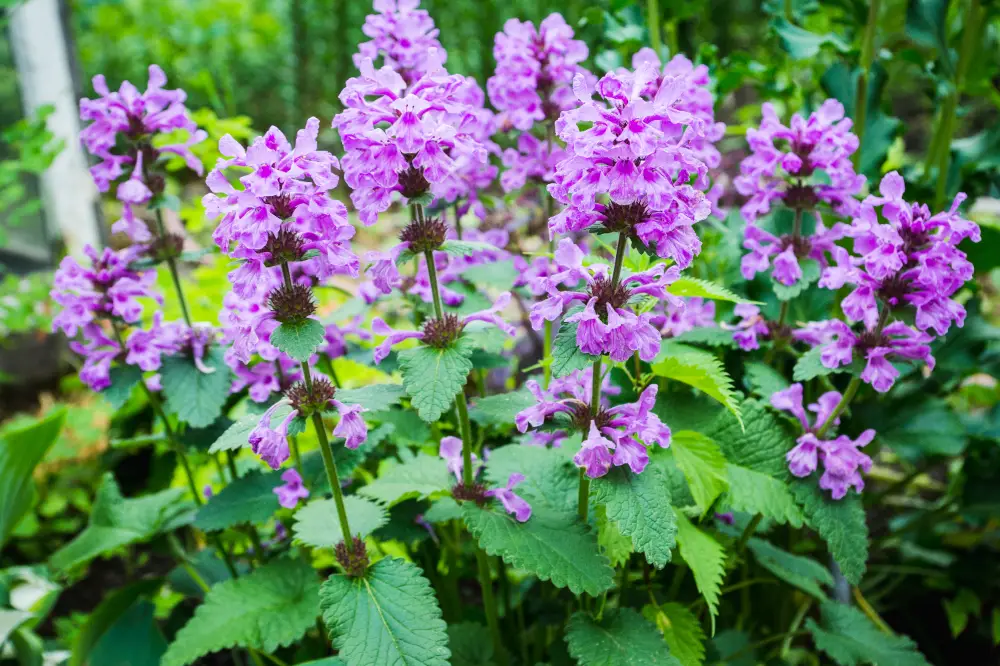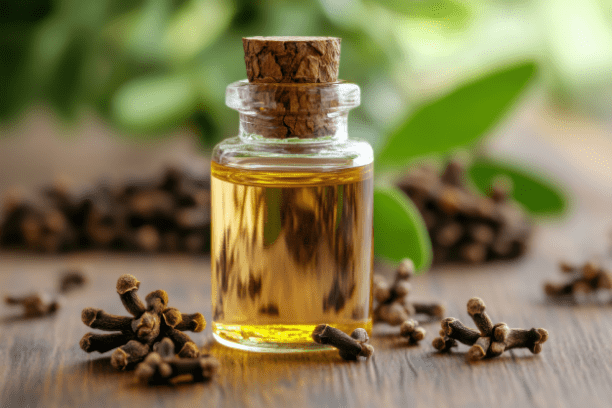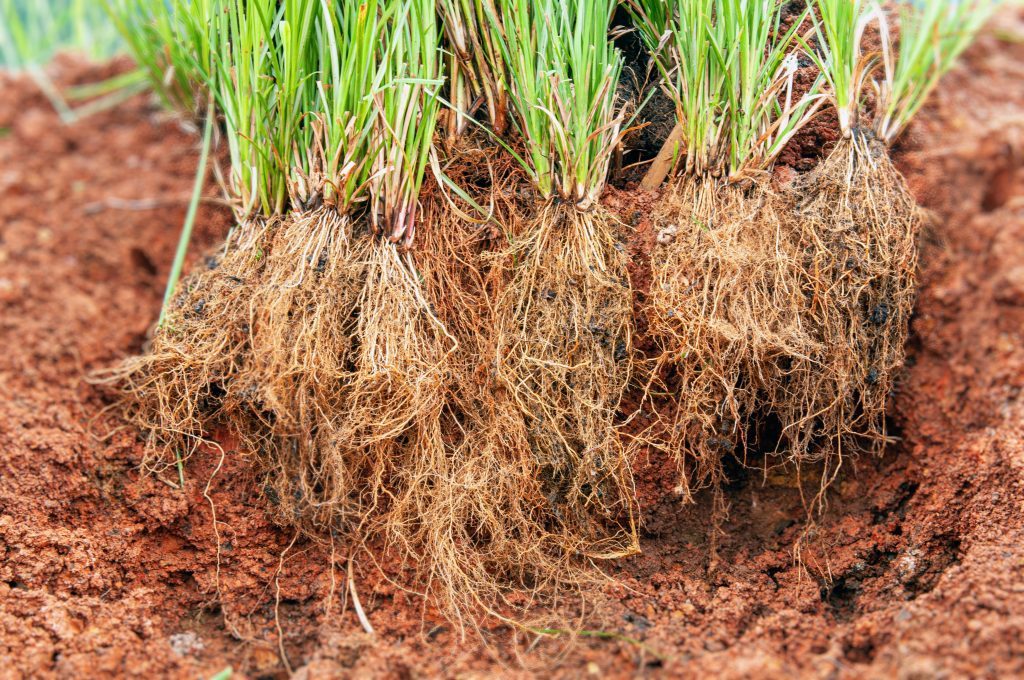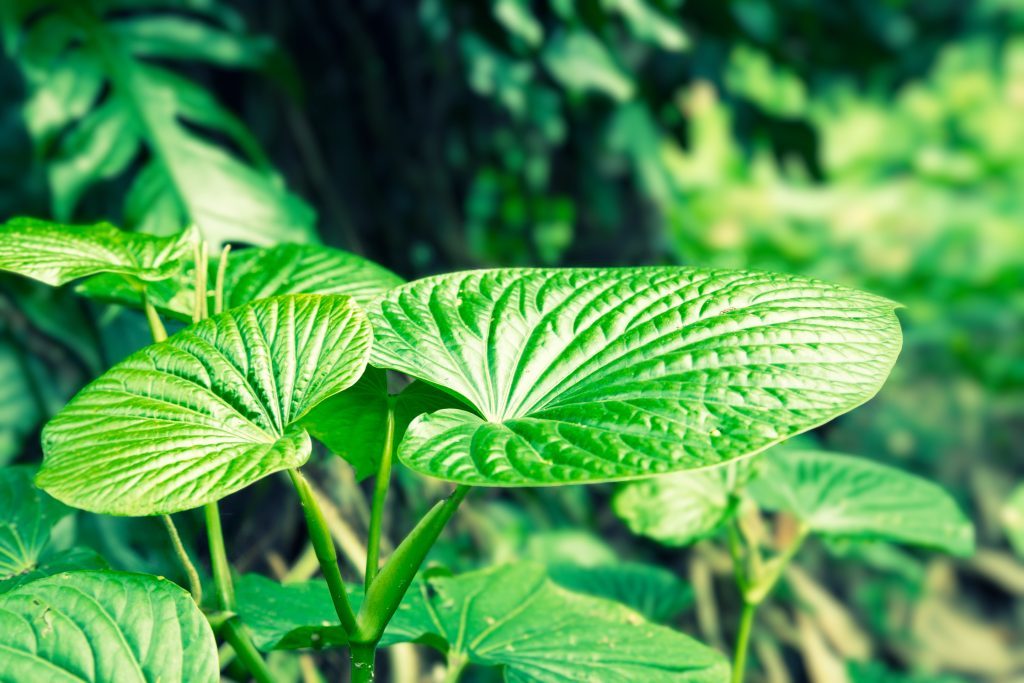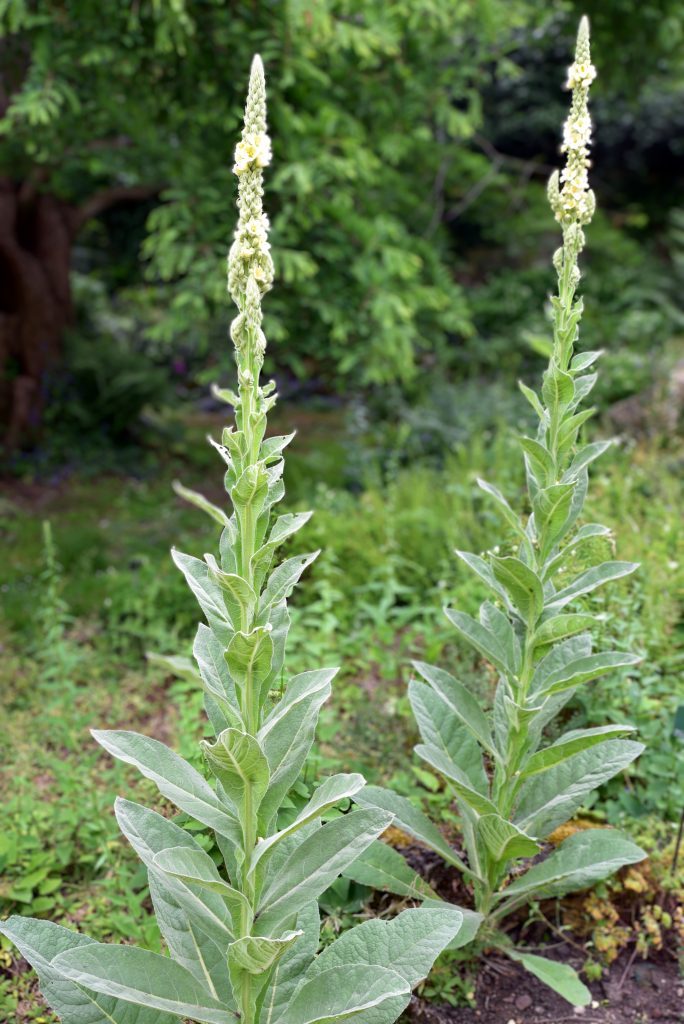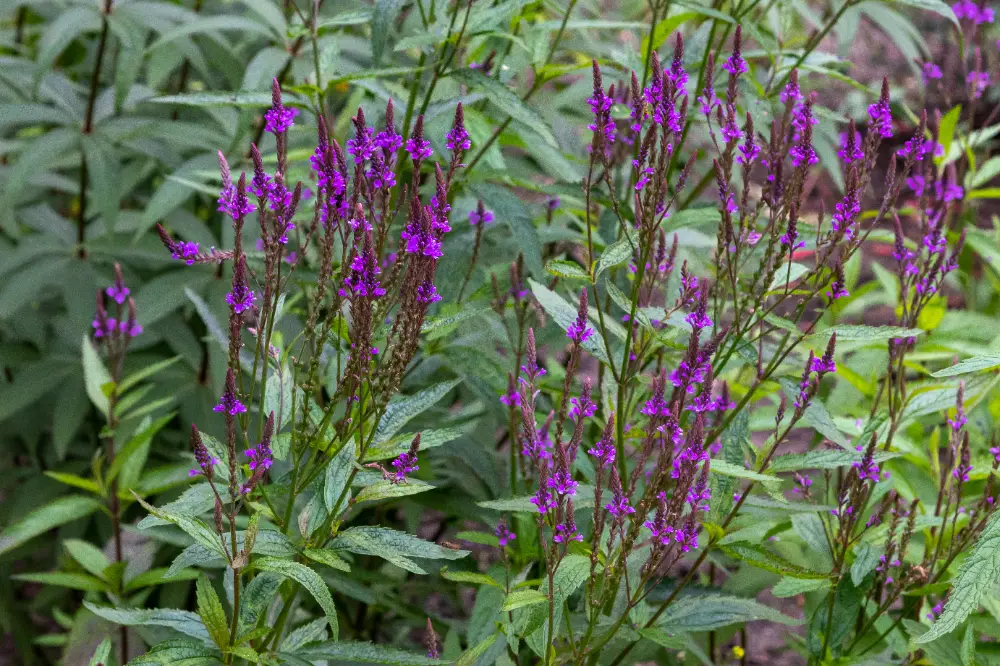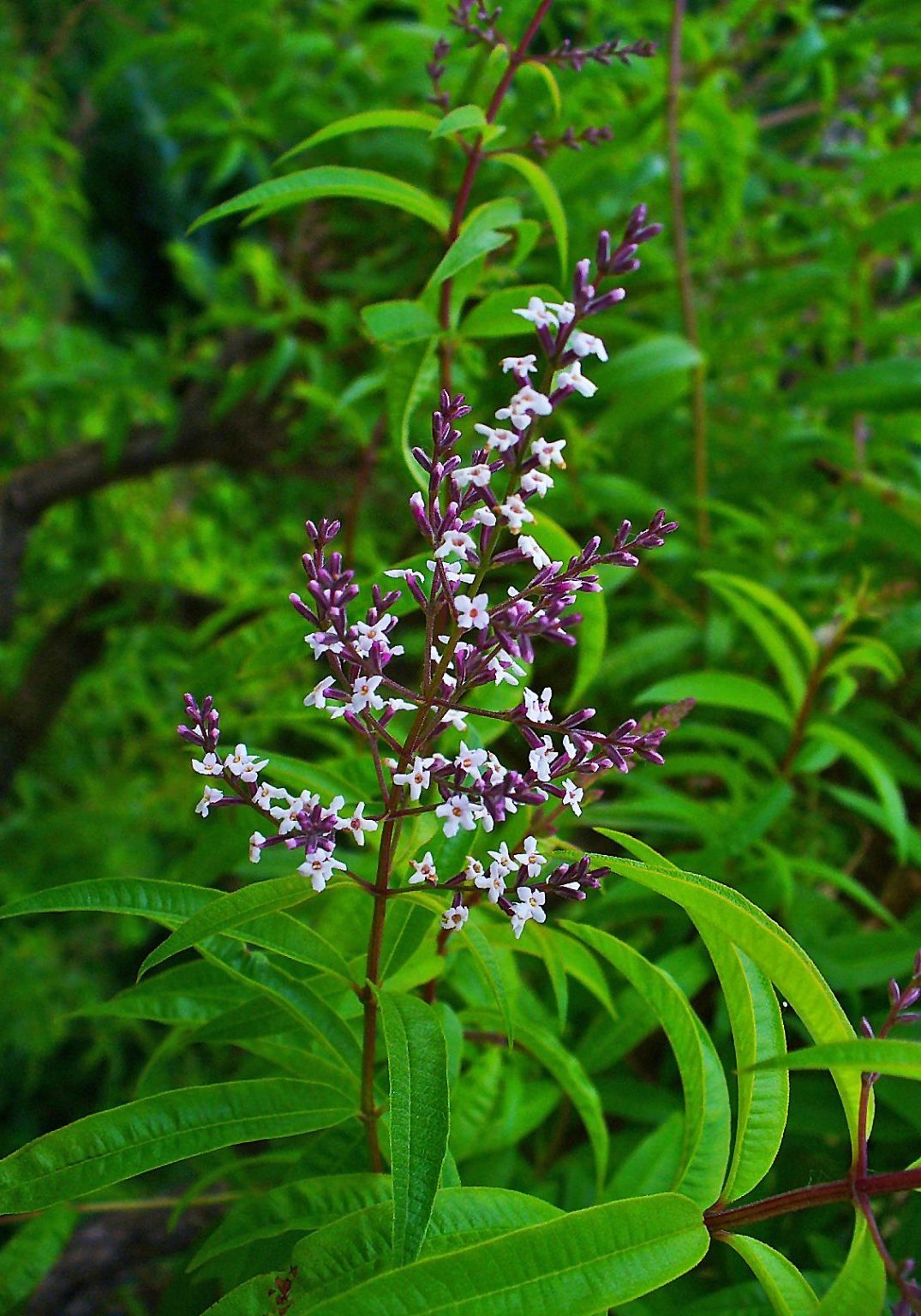
Lemon Verbena
Aloysia citriodora, Aloysia triphylla, Verbena citriodora
Verbenaceae (Vervain Family)
“The Vibrant Citrus Scent of Clarity and Balance: Lemon Verbena, the Herb for a Bright Mind and Digestive Ease.”
Other names:
Lemon Beebrush, Vervain
Superpower
A vibrant citrus aroma and ability to uplift the spirit while simultaneously calming the mind. It is a natural digestive tonic, easing indigestion, bloating, and nervous stomachs, while its refreshing scent promotes clarity, focus, and mental relaxation.
Uses
Digestive Aid: Historically, Lemon Verbena has been used in South America and Europe to relieve digestive issues such as indigestion, gas, and cramps. It was a staple in herbal teas to ease stomach discomfort and calm nervous digestion.
Stress and Anxiety: Traditionally, Lemon Verbena was also used to relieve anxiety and stress, thanks to its calming and uplifting scent. It was believed to help soothe the mind and promote emotional balance.
Fever and Cold Relief: In traditional folk medicine, Lemon Verbena was often used as a febrifuge (to reduce fevers) and to alleviate cold symptoms, such as congestion and cough.
Current Uses:
Mood Enhancer: Lemon Verbena is widely used today in aromatherapy for its ability to enhance mood, reduce anxiety, and promote mental clarity. Its uplifting citrus scent is favored in diffusers, massage oils, and bath soaks.
Anti-inflammatory: Modern studies have highlighted Lemon Verbena’s anti-inflammatory properties, making it useful for joint pain and muscle soreness when used topically or as a tea.
Weight Management: Recent research suggests Lemon Verbena may support weight management by helping reduce appetite and improve digestion.
Skin Care: Lemon Verbena is also found in many skin care products for its antioxidant and astringent properties, helping to tone and revitalize the skin.
Cautions
Toxicity:
None expected when used in normal therapeutic doses. Lemon Verbena is considered a safe herb for most individuals.
Contraindications:
Sensitive Skin: In some cases, Lemon Verbena can cause skin irritation or dermatitis, particularly when applied topically in high concentrations or if the individual has sensitive skin.
Interactions:
None known in regular therapeutic doses. However, if using Lemon Verbena in combination with sedative medications, its calming effects may enhance sedation or drowsiness.
Known Chemical Constituents
Volatile Oils:
-
- Citral (geranial and neral): Provides a lemon scent with antibacterial and calming properties.
- Citronellal: Known for its calming and antimicrobial effects.
- Limonene: A mood-lifting compound with antioxidant properties.
Flavonoids:
-
- Luteolin and Apigenin: Powerful antioxidants that protect cells from oxidative stress and reduce inflammation.
Tannins:
-
- Contribute to Lemon Verbena’s astringent properties, helping to tone tissues and support skin health.
Polyphenols:
-
- Caffeic Acid and Rosmarinic Acid: Known for their antioxidant and anti-inflammatory properties, supporting both digestive and immune health.
Botanical Description
Growth Habit:
Lemon Verbena is a deciduous shrub that can grow up to 2 to 3 meters (6 to 10 feet) tall. It has a woody base and produces long, arching branches covered with fragrant leaves.
Leaves:
The lance-shaped leaves are arranged in whorls of three (hence the name triphylla), and they emit a strong lemon scent when crushed. The leaves are bright green and have a slightly rough texture.
Flowers:
Small clusters of pale purple or white flowers bloom from mid to late summer, although the flowers are often secondary to the strong lemon fragrance of the leaves.
Fun Facts
Lemon Verbena was brought to Europe from South America by Spanish explorers in the 17th century, where it became popular as a perfume ingredient due to its fresh citrus scent and and has since been a key player in fragrance and culinary applications, from teas to desserts.
Parts Used
Aerial
Harvest
Timing:
Lemon Verbena is best harvested during its peak growing season, which typically occurs in mid-summer to early autumn. The leaves should be picked when they are vibrant green and just before the plant begins to flower, as this is when the volatile oils and aromatic properties are at their strongest.
Method:
- The leaves and young stems are harvested by carefully snipping or cutting them from the plant, usually in the morning, when the oils are most potent.
- To encourage more growth, prune the plant lightly rather than stripping it completely, leaving enough leaves to support its energy.
Drying:
After harvesting, the leaves can be air-dried in a cool, dark place to preserve their flavor and medicinal properties. Once dry, they should be stored in airtight containers for future use.
Preparations
Infusions/Teas: Used to soothe digestive issues and calm the mind.
Tinctures: Concentrated extracts for stress relief and digestive support.
Essential Oil: Used in aromatherapy for uplifting the spirit and promoting mental clarity.
Baths: Lemon Verbena can be added to bathwater to promote relaxation and ease muscle tension.
Topical Applications: Often included in creams and lotions for its anti-inflammatory and antioxidant benefits.
Sacred Rituals
Historically, Lemon Verbena was also associated with rituals to enhance dreams and mental clarity, helping practitioners connect with their inner wisdom and intuition.
Affirmations
“I am clear and joyful. Like the lemon verbena, I radiate positivity and mental clarity.”
Spiritual Associations
Lemon Verbena can be used in cleansing rituals to purify the home and promote emotional balance. It is also believed to enhance dreams and mental clarity, supporting spiritual practices like meditation and introspection.
Functions
A substance or agent that reduces inflammation in the body, soothing irritation, swelling, or redness in tissues.
Antioxidant
A substance or agent that neutralizes free radicals, preventing oxidative damage to cells and tissues.
AntispasmodicA substance or agent that helps relieve or prevent involuntary muscle spasms, cramps, or contractions in smooth or skeletal muscles.
AnxietyAnxiety is a psychological state characterized by excessive worry, fear, or nervousness, often accompanied by physical symptoms such as rapid heartbeat, restlessness, or difficulty concentrating.
CarminativeA substance or agent that helps relieve gas, bloating, and discomfort in the digestive system by promoting the expulsion of gas and soothing the digestive tract.
Culinary herbA culinary herb refers to a plant or part of a plant, such as leaves, stems, flowers, or seeds, used to enhance the flavor, aroma, or appearance of food.
Digestive & Elimination HealthThe overall well-being and optimal functioning of the digestive system, which includes the gastrointestinal tract, liver, pancreas, and other supporting organs. It encompasses the processes of breaking down food, absorbing nutrients, and eliminating waste, as well as maintaining a healthy balance of gut microbiota.
FebrifugeA substance or agent that reduces or alleviates fever, helping to regulate body temperature and promote comfort during illness.
Nervine TonicA nervine tonic is a substance that nourishes, restores, and strengthens the nervous system, promoting long-term resilience and balance.
Skin, Hair & Nail HealthRefer to a variety of disorders or irritations affecting the skin, including rashes, dryness, inflammation, infections, or chronic issues like eczema and psoriasis.
Sleep Quality ImprovementSleep quality improvement involves interventions that enhance the depth, continuity, and restorative nature of sleep, leading to better overall health, mood, and daytime functioning.

